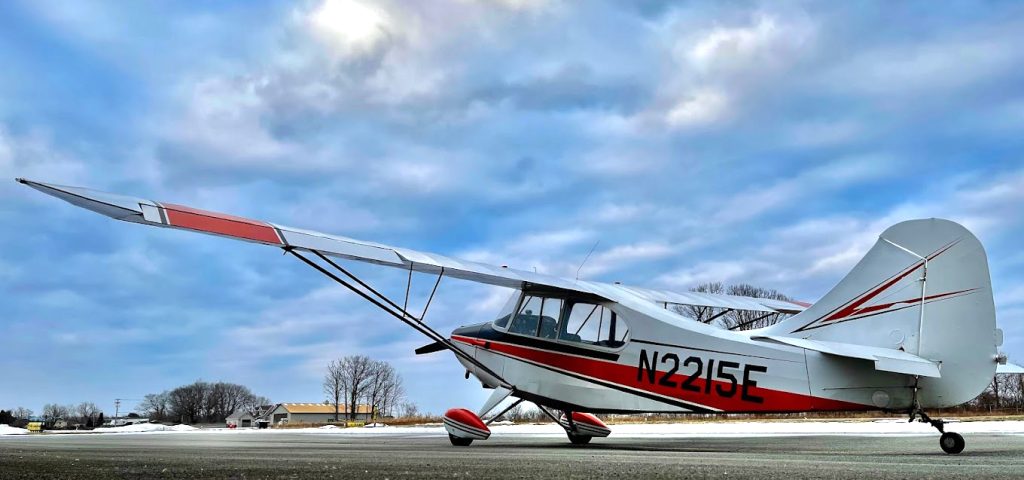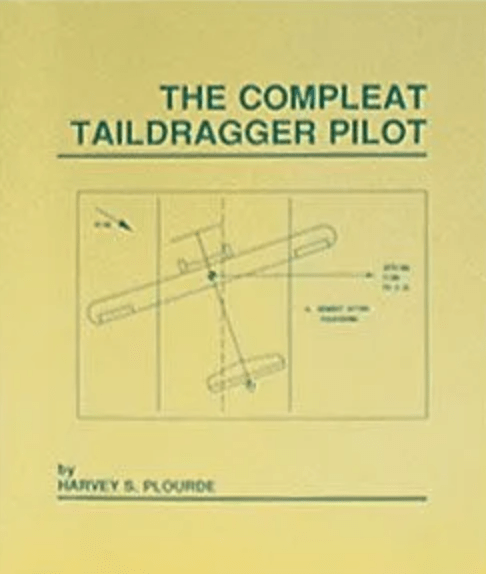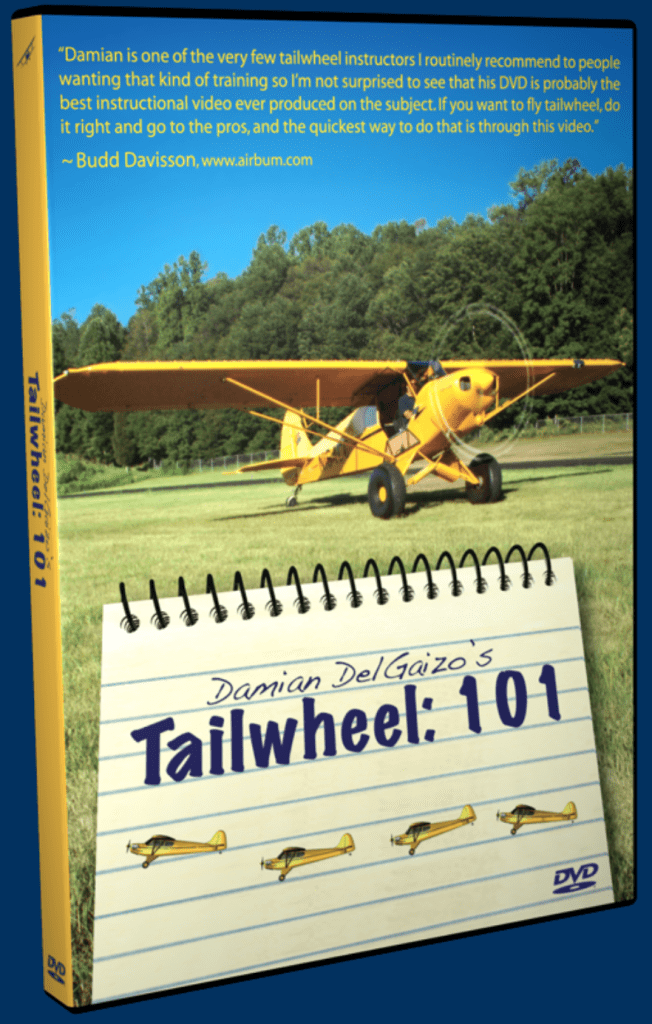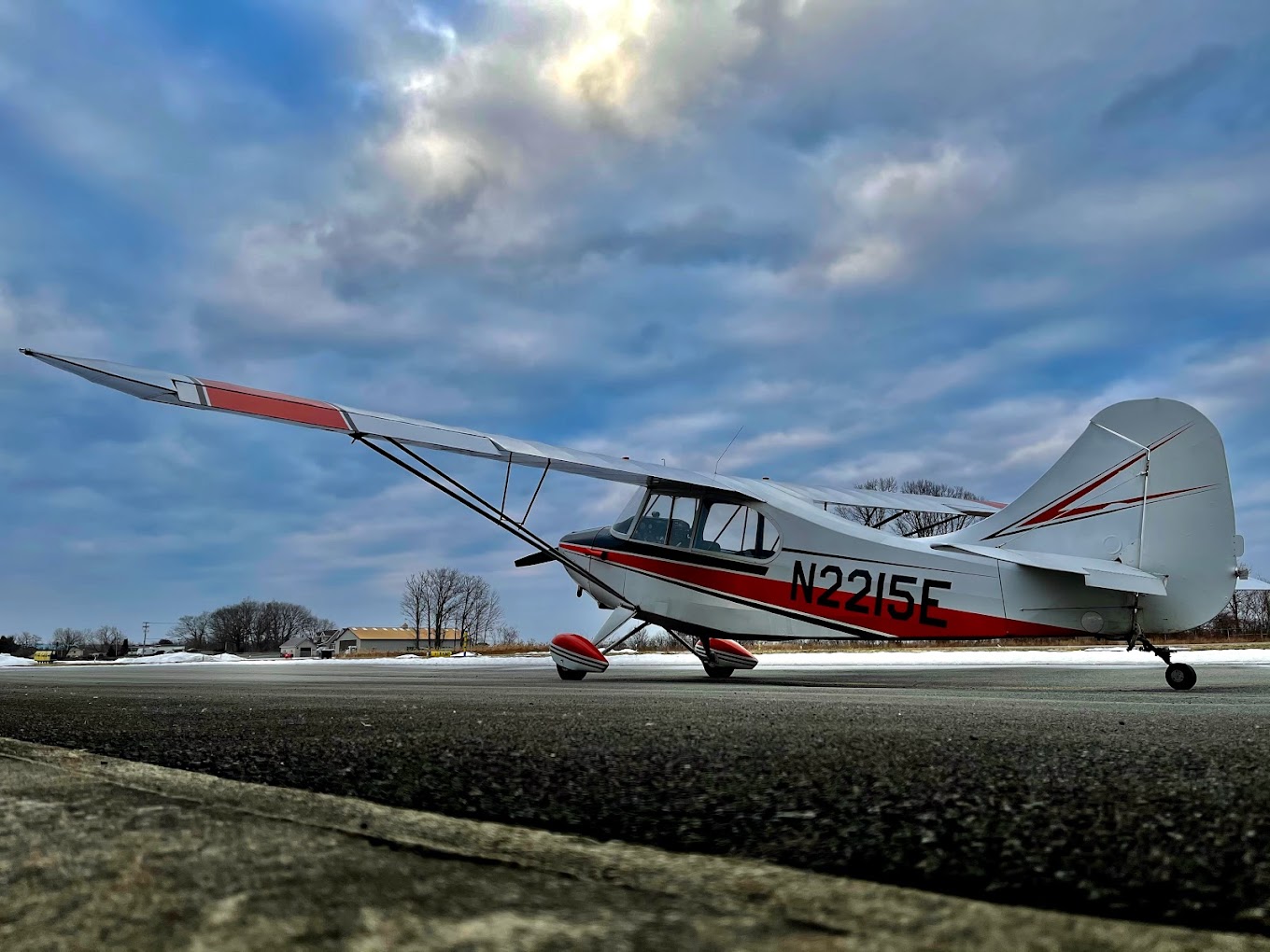OBTAIN YOUR TAILWHEEL ENDORSEMENT:
Tailwheel Instruction and Endorsement
A Tailwheel Endorsement is a certification required by the Federal Aviation Administration (FAA) for pilots who want to operate aircraft with a tailwheel configuration. In aviation, aircraft can have different landing gear configurations, with tailwheel (or taildragger) being one of them. Unlike tricycle gear aircraft, which have a nosewheel, tailwheel aircraft have their main landing gear located on the tail rather than under the nose.
The training to obtain a Tailwheel Endorsement typically involves mastering skills related to takeoffs, landings, and taxiing in aircraft with a tailwheel configuration. Pilots must demonstrate proficiency in handling the unique characteristics of tailwheel aircraft, including the increased tendency for ground-looping during taxi and landing, as well as the need for proper coordination of rudder and aileron inputs.
Once you have completed the required training and demonstrated proficiency you will receive an endorsement in your logbook indicating that they are authorized to operate tailwheel aircraft. This endorsement is necessary for pilots who wish to fly certain vintage or high-performance airplanes, as many of them feature a tailwheel configuration.
The Aeronica Champ

Our Tailwheel Aircraft
We operate a 1946 Aeronica Champion “The Champ” with a Continental O-200 (100 HP) engine. This vintage aircraft has been updated with a starter and electrical system making it capable of night VFR flight.
With the increase in popularity of technically advanced aircraft, focus on common stick and rudder skills seems to be fading in modern flight training. Stay sharp by learning to fly taildraggers. Our Aeronica Champ demands coordinated rudder inputs that will train you to be a better pilot in all aircraft.
You can start from scratch for the complete Private Pilot training, get your original tailwheel endorsement (required by the FAA), get recurrent, or any number of applications to other certificates. This Aeronica Champ aircraft is also available for rental by students that train with us.
The Hewison Aviation tailwheel endorsement training program is not a short and sweet bunch of rote takeoffs and landings. You will learn advanced use of rudder skills, stalls and recovery procedures, slips to the Nth degree, grass and dirt runway landings, and the most fun “fly down the runway on one wheel trick.” Plan on 8 to 10 hours of dual for a pilot with good stick and rudder skills. If you have been flying stuff that goes fast or been flying airplanes that you have been told you don’t need much rudder in, you might plan on a few more hours. You do not need to go buy any special books or reading material, and there is no FAA written exam, but we do administer a quiz.
We also do training in your tailwheel aircraft. We have a reasonable amount of experience in different types of tailwheel aircraft and are ready to train in other airplanes. Depending on the amount of time needed in your aircraft, we may need to be named as additional insured on your policy. We will provide the information necessary for your agent to see to it.
What to Expect in Order to Get your Endorsement
The tailwheel endorsement is proficiency-based, meaning there is no minimum hour requirement to earn your endorsement. That said, most pilots will require a minimum of 8-10 hours to become proficient and comfortable in the airplane.
Required training for the tailwheel endorsement per 14 CFR § 61.31 consists of:
• Normal and crosswind takeoffs and landings
• Wheel landings
• Go-around procedures
Your tailwheel training will cover additional items to enhance your skills:
• Slow flight, power-on and power-off stalls, steep turns
• Short field and soft field takeoffs and landings
• Power-off 180-degree approaches and landings
• Takeoffs and landings in crosswinds greater than 10 knots
• Forward slips
• Incipient Spins & Recovery
• Grass strip operations
Training typically begins with a ground session to become familiar with pre-flight, startup and the basic operation of the aircraft, followed by maneuvers in the practice area then takeoffs and landings at South Albany and Kleinkill airports. There are a variety of grass fields around the area for you to enjoy.
Upon completing the course satisfactorily, you’ll earn your tailwheel endorsement and, if approved, be able to rent our tailwheel aircraft.
Resources

The Complete Taildragger Pilot
To supplement your ground training, we recommend purchasing and reading chapters 1-4 of The Complete Taildragger Pilot by Harvey S. Ploude. This can be ordered online. This book includes all kinds of excellent information on flying tailwheel airplanes: types and characteristics of various kinds of tailwheel aircraft, aerodynamic concepts and properties, ground handling, normal and crosswind takeoff and landing techniques, balked landing recovery techniques, and much more.

Damian DelGaizo’s Tailwheel: 101
Damian DelGaizo’s Tailwheel: 101 video is an exceptional video available free to view online.
Whether you want to fly upside down, low and slow or in the bush, the tailwheel endorsement is the place to start. Join Damian DelGaizo as he guides his student, Jill through the entire transition to taildraggers.
Chapter 13, Transition to Tailwheel Airplanes, of the Airplane Flying Handbook is an excellent introduction to tailwheel flying.
